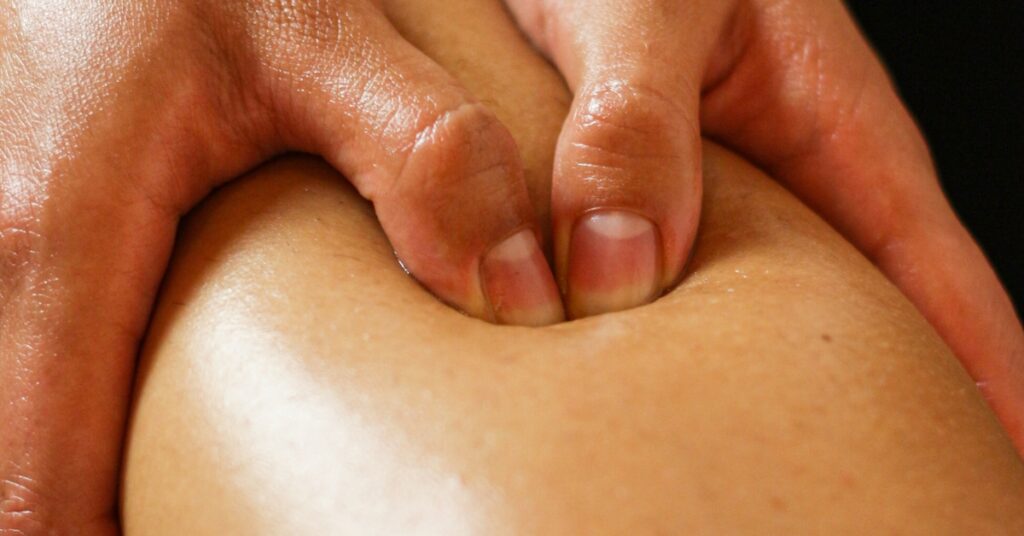By: Bec Harris
When it comes to exercise, it’s easy to wonder: am I doing too much or too little? Physio Mel, from Melanie Mac Physiotherapy, helps to answer that question.
She gave us tips to get moving, and reminded us that movement doesn’t have to be complicated to be effective.
Start Slow and Listen to Your Body
According to Mel, the key is tuning into how your body feels. “We all have different comfort zones,” she explains. “Don’t let anyone else be the judge of that.” She suggests using a simple 1–10 scale to measure discomfort, where 10 is the maximum pain imaginable and 1 is barely noticeable.
When you’re just starting out, stay around a three on that scale. This helps your body adapt gently without overdoing it. A little soreness or fatigue is normal, and is part of how muscles grow stronger. But if you’re sore for more than three days, that’s a sign you’ve pushed too hard.
And if you’re ever unsure, Mel encourages checking in with a health professional to design a gentle, confidence-building program tailored to you.
The Power of Progression
Gradual progress can make a world of difference. Mel explained that small, consistent steps – like adding distance or speed every couple of weeks – help build lasting strength. “Start slow,” she says, “but remember, your body gets used to exercise. To keep improving, you’ll need to challenge yourself a little at a time.”
Getting Strong After Setbacks
During Mel’s chat with Doug, listener Adalynn texted in about muscle weakness after a hospital stay. Mel’s advice? Go back to your activities of daily living. “Normal movements create normal movement,” she says. “Practice pouring the kettle, sitting and standing from a chair, or other everyday actions.”
Once you can perform those comfortably, you can begin adding light resistance or repetitions. These small actions build functional strength and confidence in your movement.
Regaining Fitness After Birth
Another listener, Vicky, reached out after giving birth at 42. Despite walking daily, she still felt unfit. Mel reassured her: “Don’t take any blame in this process. Fatigue, sleep deprivation, and caring for a baby all affect your energy.”
Mel’s advice was to tweak her walks – varying speed, intensity, and distance – and to include squats or similar exercises that quickly restore leg strength.
Can Technology Help?
Rebecca asked about using devices and apps for pelvic floor training. Mel said biofeedback tools can be very effective for increasing awareness. “Anything that helps you understand what your body is doing is fabulous,” she explained. “It’s like learning to wiggle your ears – you need awareness before you can control those muscles!”
Rediscovering Joy Through Movement
Mel also shared her personal journey of finding joy in movement again through beginner jazz dance classes. “I have no talent,” she laughs, “but it’s so freeing! You can’t think about dinner or your to-do list… you’re just focused on learning the moves.”
Dance, she explains, helps with coordination, posture, and mental focus. It also reminds us that exercise doesn’t have to feel like a chore. There are countless fun, low-impact ways to stay active, like hula hoop dancing or even pickleball, which Mel says is fantastic for balance and overall fitness.
Final Encouragement
“You’re never too old to try something new,” Mel says. “Movement keeps you young, strong, and connected.” Whether it’s walking, dancing, or learning a new sport, the goal is to find something you enjoy—and keep moving forward, one gentle step at a time.
Article supplied with thanks to Sonshine.
Feature image: Canva





